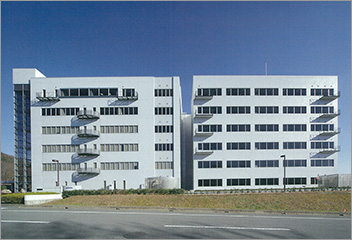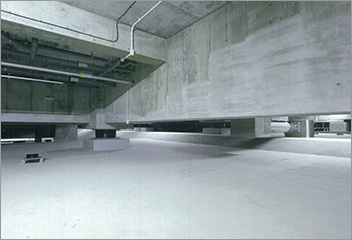Business continuity planning (BCP)
By the threats to the business activities, such as huge disasters and cyber-attacks, not only we may cause damages due to the long-term suspension of our operations, but also it may affect deeply to our stakeholders.
Based on the following basic policies, Junkosha has formulated and implemented business continuity plans (BCP) to prepare for such disasters and other threats.
BCP basic policies
1. Safeguarding human life
Our highest priority is to protect safety and human life, including the lives and safety of workers on site and visitors.
2. Ensuring a stable supply of products and services
Our responsibilities include ensuring a stable supply of the products and services on which society depends.
3. Preventing secondary disaster
We pledge to act decisively to contain and minimize damage and secondary events, such as fires, explosions, or the spread of infectious disease.
4. Minimizing damage
We pledge to minimize the damage caused by the suspension of business operations.
Established November 2014
Business continuity efforts and response to the Great East Japan Earthquake
In addition to securing the safety of employees and others working at each facility on a daily basis, we are always maintaining each business site, and taking other disaster-prevention measures, Junkosha has formulated business continuity plans (BCP) that focus on key businesses with the potential to generate significant social and economic impact. These plans ensure that our business activities can continue during or after any events that threaten business continuity, whether it involves a major natural disaster, health epidemic, or other such events. By formulating and continually refining this BCP, we will ensure the quick recovery of business activities related to our products and services.
Efforts are underway to adopt seismic isolation and aseismic structures capable of withstanding powerful earthquakes (registering 7.0 or above on the Japanese scale) at each factory, and we are currently implementing quakeproofing efforts for production machinery, servers, and other facilities. These efforts include expanding inventories to improve resilience in the face of supply-chain disruptions; providing BCP guidance to members of the supply chain; training manufacturing staff to ensure the availability of the multiple production skills needed to shift production between facilities; adopting multiple distribution lines; adopting redundant backups for computer systems; and preparing various manuals to boost flexibility and effective action in the event of an emergency. Specific examples include first action manuals for earthquakes and fires and guidelines on preventing infection in the event of virulent flu outbreaks. We apply the plan-do-check-act (PDCA) cycle to achieve ongoing improvements in our BCP-related efforts.
Thanks to our advance preparations, all machinery, equipment, and buildings at our operations centers did not receive any damages during the Great East Japan Earthquake of March 11, 2011, and resumed operations from the following business day.
 Buildings Stand Completely Unscathed After the Great East Japan Earthquake |
 Structures Supported by the 120 Isolation Devices |


